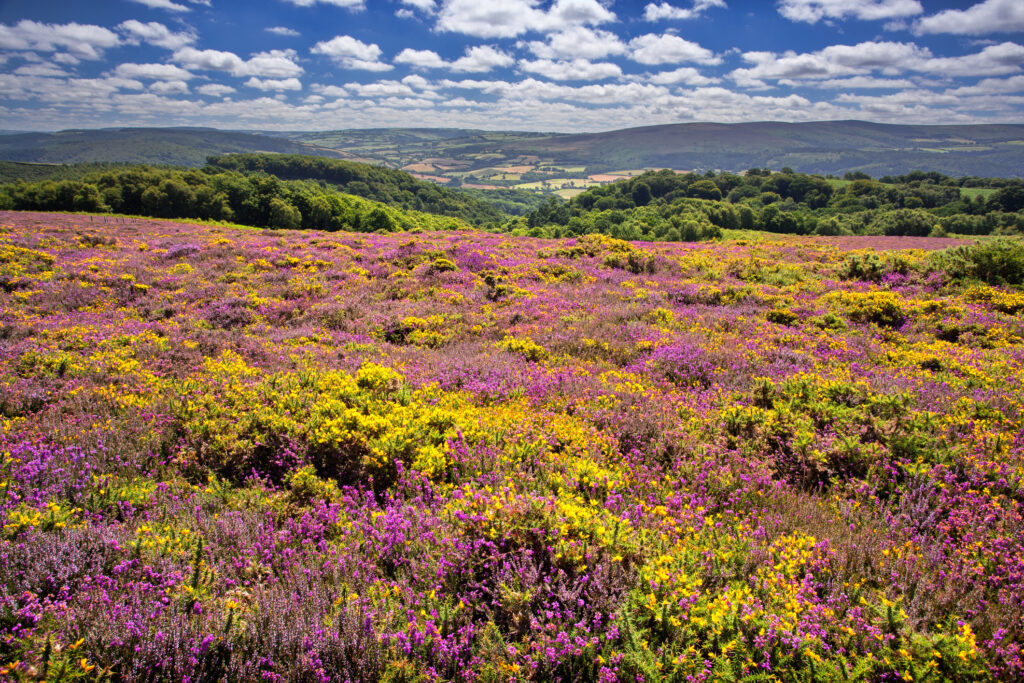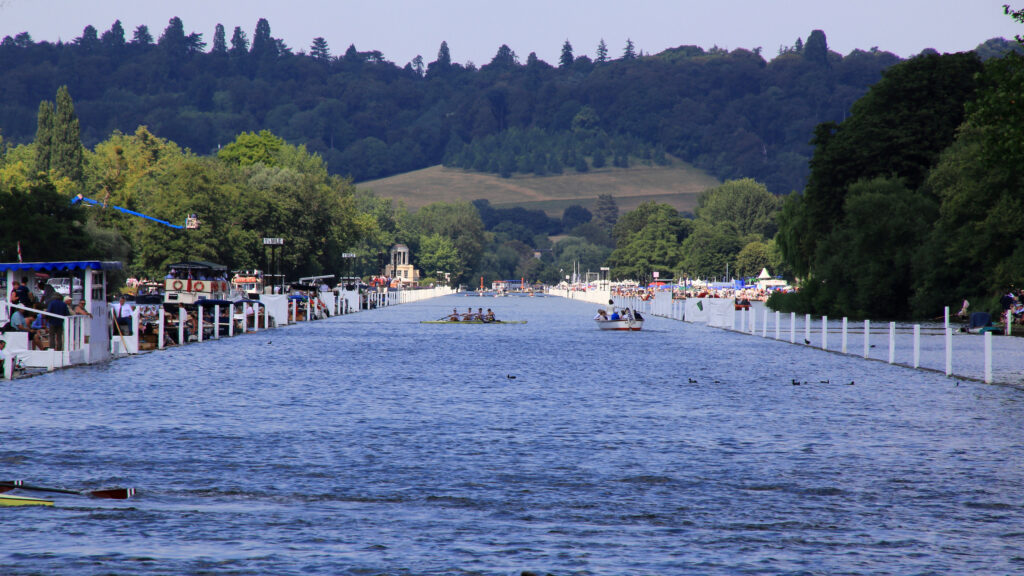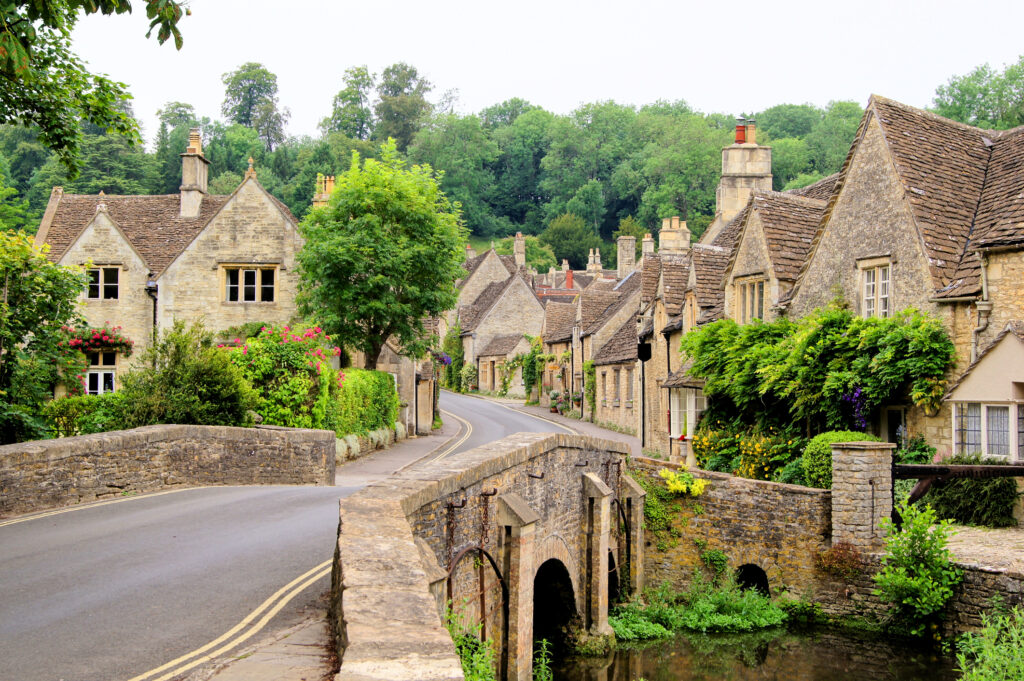For a growing number of UK property owners, proximity to Britain’s cultural and sporting calendar is proving more than incidental – it’s quietly generating meaningful seasonal income. From the polo season in Sussex to music festivals in Somerset, the property market near major regional events holds not just lifestyle value but the potential for short bursts of high-yield rental opportunities, as our Partners explain.

Across the country, homeowners are increasingly leveraging a pattern of short-term lets tied to key events. These aren’t year-round investment properties, but well-located second homes and country houses with ancillary accommodation whose seasonal demand is driving interest from tenants prepared to pay a premium – for a month, a week, or even a weekend.
Polo, Property and High-Value Tenancies

Nowhere is this clearer than around Cowdray Park in Midhurst, West Sussex, one of the UK’s most prestigious polo venues. “People rent out their houses, farm buildings and land to incoming polo teams,” says Mark Lawson, our High Value Residential and Rural Estates Partner. “If you’ve got a farm with appropriate buildings and a house, you can make a huge amount of money over a three-month period.”
It’s a pattern echoed throughout the polo season, which draws teams, patrons, support staff and international guests from March to August. Katherine Watters, our Southern Home Counties Partner, says: “Rentals around Midhurst and Petworth during polo season are huge. Rents increase by around 70%, and demand spans everything from grooms’ accommodation to larger family houses for the patrons themselves.”
She also notes the growing market for post-season use of land. “There’s been a real uptick in people renting land to wintering polo ponies. They don’t need access to huge grazing, but they do need to be locally based for daily checks. Some owners take that on themselves, and it becomes a six-month income stream.”
Shooting Season Demand: Exmoor to Northumberland

Polo is just one part of the seasonal economy. The driven shooting calendar is creating a parallel income opportunity – especially for larger houses in regions with world-class moors and woodland. “People certainly rent out their big country houses to travelling American shooting parties,” says Mark. “They want their own house, complete privacy, and they bring their own staff and cooks. They’ll pay significant amounts to stay near top-tier shoots.”
Prime locations include Exmoor, Wiltshire and Northumberland – areas with multiple access points to renowned estates. Properties with heritage features, self-contained guest accommodation and local shoot connections are particularly in demand. “They come over for a week or two,” Lawson explains, “base themselves in one place, and travel around. If you’re positioned well, the income can be substantial.”
While many of these agreements are informal and discreet, high-end tenancies often involve robust private contracts. “At that level, everything needs to be precise,” adds Harry Gladwin, our Cotswolds Partner. “These owners expect their property to look untouched when they return.”
Short-Term Demand with Long-Term Appeal

From Henley-on-Thames to Glastonbury, homeowners are increasingly capitalising on the surge in demand tied to Britain’s summer event calendar.
“People rent out their homes for those five days and leave the area,” says Lawson, referencing Glastonbury Festival. “It’s financially worthwhile and a good time to avoid traffic and crowds.” In one instance, a client in the music industry purchased a second home nearby purely to host guests and entertain during the festival week.
For homeowners in and around Henley, demand builds across multiple regattas, culminating in the six-day Royal Regatta. “You find annexes fitted with rows of single beds for rowers,” says Jemma Scott, our North Home Counties Partner. “It’s highly organised. Some owners are retired couples, others are entrepreneurial young families who leave for the week. It can easily cover the cost of a summer holiday.”
Ascot sees similar demand across the summer racing and polo season, where houses with land or adaptable outbuildings are sought after for temporary use.
Jemma points out that for most in her region, the motivation isn’t investment in the traditional sense. “For many owners, it’s pin money – it pays for a holiday – but it speaks to the enduring appeal of these English towns and villages in and around Henley, Marlow, Ascot and Windsor. People want to participate, to feel part of it. It’s invigorating, almost a legacy. The seasonal rental value just adds another layer of appeal.”
The Cotswolds: From Event-Driven to Year-Round Yield

Unlike the more event-specific rental windows in Henley or Cowdray, the Cotswolds has evolved into a year-round short-let market. “People absolutely do it for the money,” says Harry Gladwin. “There’s huge demand – some are paying tens of thousands of pounds a day.”
The draw is no longer just events like the Big Feastival near Kingham or Wilderness near Charlbury, but a broader lifestyle trend. “People want to visit Soho Farmhouse, Estelle Manor or Daylesford and want proximity but may want their own space, rather than staying there. Some owners now routinely rent out their main homes for summer and relocate locally for a few weeks. The income covers their own holiday and often more.”
Gladwin notes that these lets span from modest Airbnb stays to private, high-value arrangements. “There’s a broad range – from a few hundred pounds a night through to five figures. The more exclusive houses are rarely advertised. They’re let privately through networks with staff already in place and very high standards, but everyone is doing it at every level. And why wouldn’t you?”
Wimbledon and London Event Lettings

In south-west London, the Wimbledon Championship’s expanded tennis calendar has long had a tangible impact. “It’s now a month-long window – with the HSBC Championship at The Queen’s Club, early arrivals and the tournament itself,” says James Burridge, our London Partner. “Players and sponsors – brands like Rolex, IMG, Evian – are booking properties well in advance.”
While he notes that many homeowners with prestigious homes in Wimbledon Village are reluctant to let due to concerns over property wear, the premium on offer can be persuasive. “It’s not a core investment strategy,” James adds, “but it does provide optional income, particularly when paired with other events like the Open Golf or London’s summer arts season.”
The same dynamic applies in Chelsea, where events like the Chelsea Flower Show drive short-term Airbnb interest. “It’s a multi-purpose demand in London during the summer months, with culture, sport and business travel all overlapping,” says James.
Flexible Ownership with a Return
Across all regions, one consistent theme emerges: owners are increasingly looking for versatility – properties that provide enjoyment and, when required, deliver income.
“You wouldn’t buy a house in Wimbledon just for the Championships,” says Katherine. “But if you’re buying anyway, having the option to let for a month makes a lot of sense.”
Jemma sees it as part of a broader recalibration. “Buyers today want properties that can work harder. A good location, strong local schools, National Landscape status – but also event access and letting potential. It’s no longer enough just to have a good train into London.”
Lawson agrees: “The events put these places on the map, but the income opportunity is now part of the conversation. These aren’t traditional buy-to-lets – they’re flexible assets. And people are increasingly running the numbers.”
For news, expert commentary and invaluable property insight, subscribe to The Insider, our quarterly newsletter, here.
